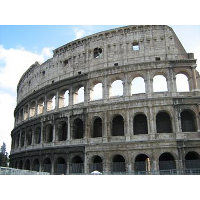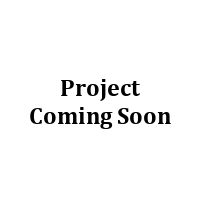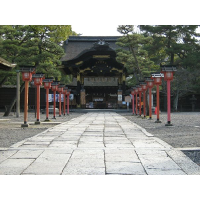Sports Body Armor
Sponsor/Employer: SoftArmour LLC
Idea: Use electroactive Polymers (EAPs) or electro- or magnetorheological (ER) fluids to create an active sports body armor.
Purpose: Mitigate or prevent bodily injury.
Method: Actively sense impact and rapidly respond with an appropriate force.
Outcome: Patent US9271858 B2 issued March 1, 2016.
Description:
David and Allan contracted RPI's Design Lab to take their idea for an active sports body armor and have us do comprehensive background research on materials and market, project planning, system design, prototyping, and then testing of sourced materials.
Since there was no database on the properties of different EAP- and ER fluid-based materials, the materials half of the 12-student team developed a database of materials, reported properties (response time, response strength, etc), and references. We also created a taxonomic tree of electroactive technologies we might use for an active sports body armor.

Although I coordinated and lead the team, part of my technical assignment with the project was to determine the best testing methods to use in order to determine the time and force response under applied voltage. I settled on ASTM standard D6272 – 10 and using a 4-point bend test. However, before we finalized this decision, I took 2 weeks to travel to California to meet with companies working with EAPs and ER fluids and learn from them how they test these materials in industry. Between meeting with Strategic Polymers and Xina Quan, VP of R&D at Artificial Muscle, Inc, I concluded that the testing protocol that I had developed based on ASTM D6272 and including a grounded high-voltage power supply, along with the sample geometry and construction, matched how these materials are tested in an industrial setting.
The sponsors were so impressed by my leadership, communication, and technical contribution that they invited me to continue the project over the following summer after graduation.
To determine whether or not we were pursuing the right direction with the technology we needed our own data on response time and force with applied voltage. So, during the summer I provided them with a project plan, contacted international suppliers of ER fluids (they were very rare), ordered fluids from 2 different companies, built the testing setup, and made and tested samples.
In order to build the testing setup, I sourced a high voltage power supply online, created a circuit including a variable resistor so that we could adjust the voltage output, and added alligator clips so that it could be connected to samples. To avoid accidental damage to the Instron testing machine from the high voltage, I machined a special plastic cap for the strain gauge and used insulating tape over the rollers on the 4-point bend text fixture to avoid (see pictures below). I also build a grounding cage to surround the setup during testing.


Since we decided to start with ER-fluids, instead of solid EAPs, we needed a method for holding fluid between layers of alternating positive and negative voltage (or ground). Since we wanted to use Pyralux, which is a Copper-Kapton(polyimide film) laminate, we decided the quickest route to reproducibly prototype layers for the samples was to have them laser etched. The tech that would run the laser etching needed to-scale CAD designs to import into their automated etching software. So I quickly drafted the designs in NX, based on my notes, and sent them off to the tech.

We tried several etching techniques to see if we could use Pyralux filled with ER fluid, however the grooves were not deep enough to reliably hold the ER fluid during testing and, as can be seen in the next picture, the etching ended up being rather messy and not very reliable.

Instead, we settled on using bulk copper tape (no adhesive) with strips of fluid filled Kimwipes between each copper layer. To ensure the copper did not short around the sides of the samples, I coated the sides and end of each copper strip with a thin layer of insulating lacquer. I also had to develop moulds to assemble the samples in, in order to achieve consistent construction of the samples during my work as well as moving forward when other students would take over the project in the Fall.
While not very glamorous, this was the quickest and most effective way to develop samples filled with ER fluid, and was in alignment with what I had learned from SPI and Artificial Muscles, Inc.
Unfortunately, due to an NDA still being in place, I cannot discuss the specifics of the results, however, by the end of the summer the sponsors were pleased to see testing results which warranted moving forward with the technology. They kept me in an advisory role and had students join me in my graduate research lab to learn how to make samples and use the testing setup. The results of my team's work during the Spring and my personal work during the Summer lead to us pursuing a patent on this technology.
Several of my materials team members and I researched and developed potential geometries and embodiments for the technology, including cutting-edge applications for electrospinning or 3D printing using concentric nozzles to yield multiple concentric tubes that could be filled with alternating layers of ER fluid and conductive fibers. We developed both the microstructural aspects: how different fibers or layers would be made, as well as the macrostructural implementation: the pants/leggings and neck brace. Some pictures from our patent are included below but here is a link to the PDF version of the patent, which can also be found on USPTO Patent Search.
Patent US9271858 B2 issued March 1, 2016.






















